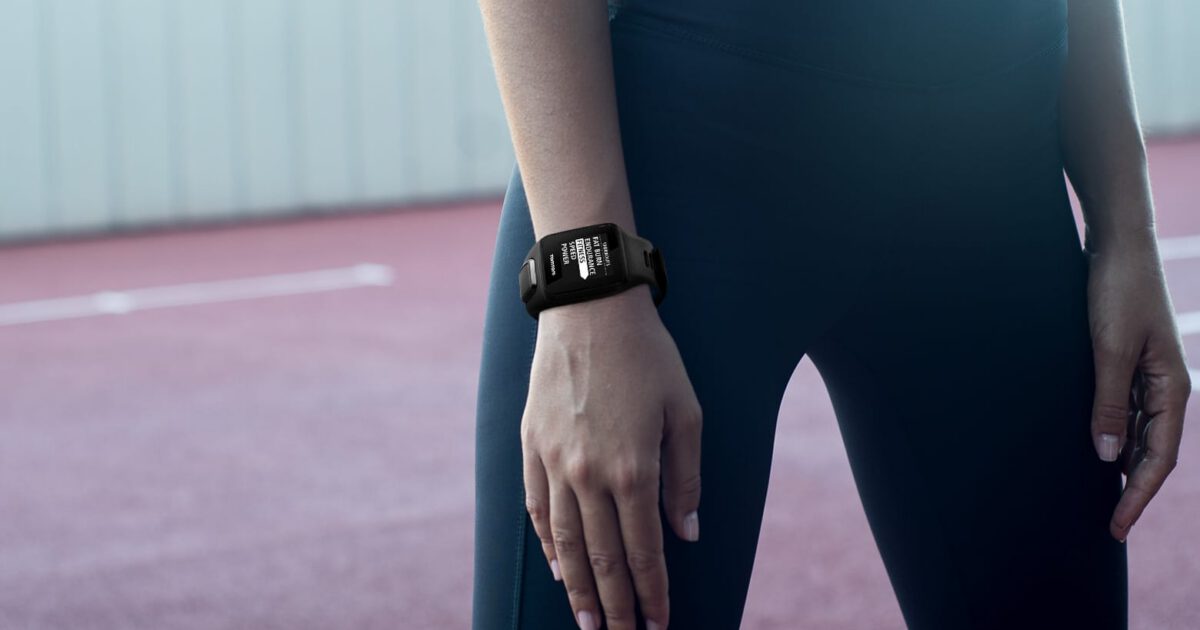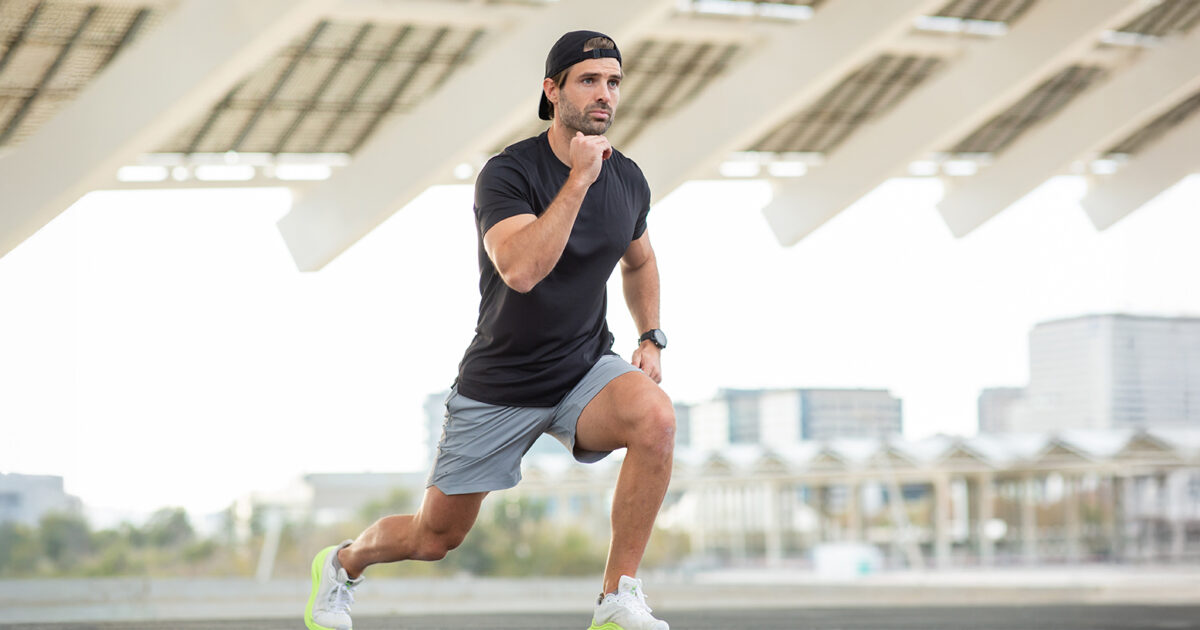How confident are you with your progress? If you are ready to find out how much you have improved, it’s now time to take our Maximum Pulse Test to find out.
Maximum pulse is a pretty tough test that requires you to work as hard as you can for a short period. You must push yourself, so you force the heart to beat as many times as possible, increasing your cardio. To do this, you should complete the test by running. If you are not feeling in good enough shape for running, you can also do it while walking or jogging.
This test should be done if you are going to use a pulse as an indicator of exercise intensity.
Maximum Pulse Test
How to set up the treadmill?
Set the treadmill. If you’re a regular gym goer and you usually run on the treadmill, set the inclination to one per cent; add up to five per cent inclinaion if you run on the treadmill daily.
Warm up for 10-15 minutes and insert short sequences where you run very fast for 10-20 seconds. The warm-up should finish at a rate where you feel you’ve worked quite hard, but are still relaxed (without being stiff).
Go directly to the test (without taking a break after warm-up) by increasing the speed approximately every minute until you reach your limit. The amount of speed increase will depend on your physical form and expected final speed. Usually, 1-2 km/h will be an appropriate speed boost every minute. Ideally, the actual test (after complete your warming up) lasts from four to six minutes, i.e. four to six-speed increases in total.
Register the pulse at the end of every minute, so you get a measure at every speed. If you have a fitness tracker bracelet that can sync with the treadmill, you’ll get on-going analysis on the device’s display so you can track the pulse throughout the test. The test ends when you no longer manage to keep the pace and must interrupt, and you see that the pulse stabilizes itself if you decrease the speed.
How to asses the test results?
The body is in permanent change. Therefore, there is no such thing as “good” and “bad” maximum pulse, so it is no better to have 210 in the pulse rate than to have 185. Admittedly, there are indications that the pulse rate can be reduced (not increased) as time goes by. This has been observed in people who have worked their way from bad to overall good physical level.
Be aware that this is a pulse measurement related to running. The interval you achieve here is undoubtedly higher than the one you want to accomplish in other forms of training. Therefore, you should not use the “running pulse” as a basis for calculating other exercises like, for example, biking. If other forms of activity form an essential part of the training, you should calculate the pulse rate for these too.
What information can you get from this test?
Your maximum heart rate is the number of beats the heart is capable of when you work as hard as you can. The max pulse value is used to calculate and control your exercise intensity. The body’s response to exercise is limited, so unless you have just started training it is not necessary to test it often. As long as you maintain an overall good shape and a relatively stable body weight, you can check the pulse changes from year to year.
How often should you perform the test?
Test it once a year. If you have recently started training, you can test every three months until you see that the pulse stabilizes.
Who is this test suitable for?
This test is suitable for everyone.
Test developed by Personal Trainer Halvor Lauvstad from EVO Fitness Norway.
Halvor studied at NIH and has been a product manager at SATS and general manager of Norsk Fitness. He has written a series of books about training, including “Best in Birken”. Currently, he is lecturing for AFPT in Norway.



